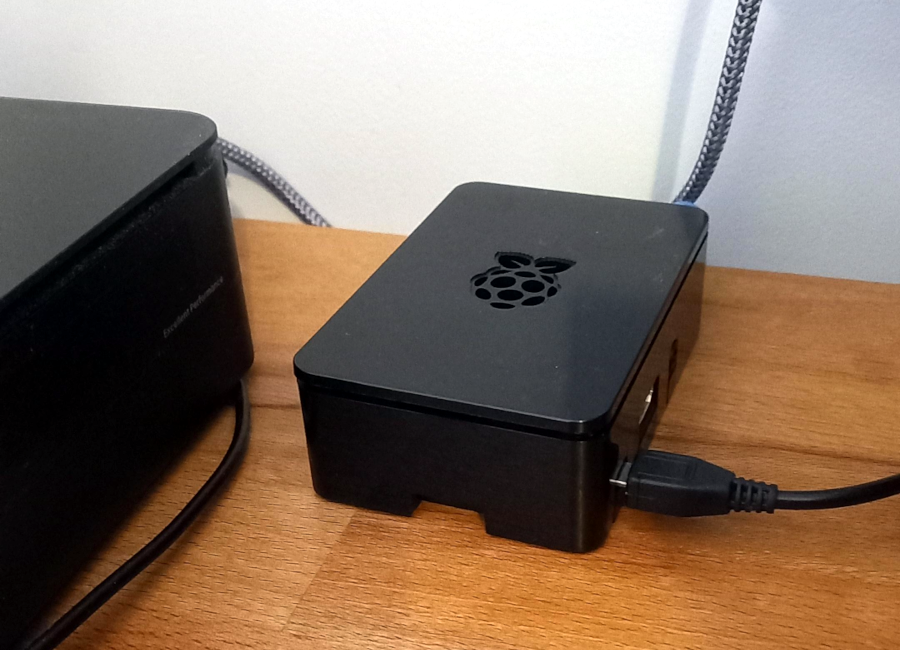I had a home server at home (obviously) from around 2001 to 2009, in different shapes and sizes. Mostly old recycled PCs, but also a dedicated “mini PC”: a VIA EPIA-PD6000E at 600HMz with 512MB of RAM. It was fun and I learned a lot about services and system administration –it run OpenBSD!–, that was very useful in my early career.
But then I moved to a different country, and had a VPS or two with a hosting provider, so the home server idea kind of wasn’t a thing anymore. And it makes sense: I have, as I say, a couple of servers, and account in some “shared systems” like SDF or cltrl-c. Fine, I’m not going to administer services in those two, but I do it in my servers since 2002.
Anyway, the thing is that… it lost the magic for me, despite having 3 or 4 Raspberry Pis, that one way or another ended in a drawer accumulating dust.
Not always, though. At least one of them, a Pi 1 if I’m not mistaken, got some use as multimedia center like 7 years ago. It had composite video output and I had an old TFT TV –that I still use with my old 8-bit systems–, so it was a cool retro experience to have in the kitchen so the kids could watch cartoons.
But the home server idea was dead. Or that’s what I thought because this week I decided to put to use a Raspberry Pi 2B 1.1 that I think I got as a gift from an employer after being 5 years with them. Interestingly enough, it is much more powerful than my latest home server, much cheaper –even if I had paid for it, that I didn’t–, and silent!

These machines are so cute!
Sure, I have my servers that I administer with a handful or services. But those are production and I’m very efficient using my free time, so I like them to be stable… and boring. So I don’t experiment or try new things, like I used to do 24 years ago.
Now I have this little black box that installed in less than 3 minutes –the Raspberry Pi Debian images are very cool–, and then without much thinking about it, I did the usual setup for a production server.
Then I decided to run unbound in my LAN, that required running my own DHCP server because my ISP’s router doesn’t support providing your own DNS resolver –I assume to prevent customers from breaking things–. It all came to me so naturally, without effort. And it felt good.
I’ve been very pragmatic. I know the SD card will fail eventually –the rPi and the card are around 10 years old–, but given that I can disaster-recover in 20 minutes by reinstalling packages and dropping my configuration files in the right place, I’m not even cloning the SD card but checking in the configuration files into a git repo that I push to one of my VPS.
And that’s all, for now. I think I’ll run some experiments with cool stuff that I would hesitate to run in one of the production servers, and just have good old fun with Linux.